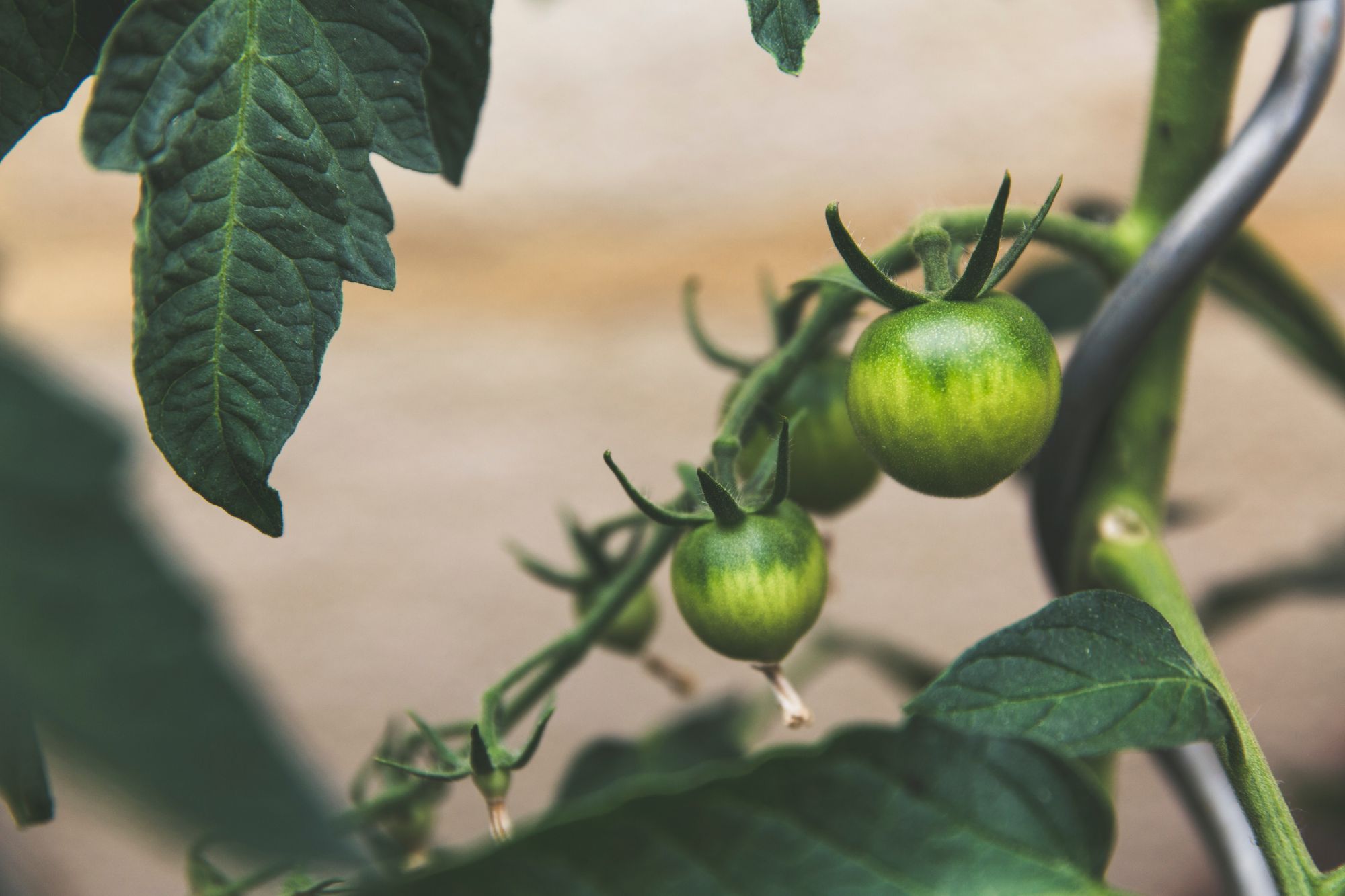I live in the UK.
And as everyone knows, the UK has a very hit and miss climate.
It rains a lot, and it gets really cold.
The problem with colder climates, in general, is that growing seasons are shorter — and gardening can be tougher.
But, hey ho, let’s not complain! Instead, let’s take a look at this article we created at NatureHub to help UK gardeners, as well as anyone living in colder climates, to garden like a pro.
Let’s start!
Invest in a cold frame

First things first, you really need a cold frame if you’re gardening in the UK (or any other notoriously cold climate).
A cold frame works similarly to a greenhouse, but it’s less expensive, takes up less room — and is perfect for the colder months.
Essentially, it offers your plants and seeds protection from the brutal wintry weather so that they’re ready to bloom once summer gets into full swing.
The thing with cold frames, however, is that you’ve got lots of options. You can purchase one or make it yourself.
Materials-wise, again you’ve got options. You can go with:
- Glass cold frame (looks very pleasant, especially in a patio)
- Timber cold frame (look for one that is made from FSC-certified timber if possible)
- Aluminum cold frame (the lightest of cold frames, which makes it ideal if you don’t want to do too much heavy lifting)
You’ll also find that there are lots of different cold frame brands, too.
Know your frost dates
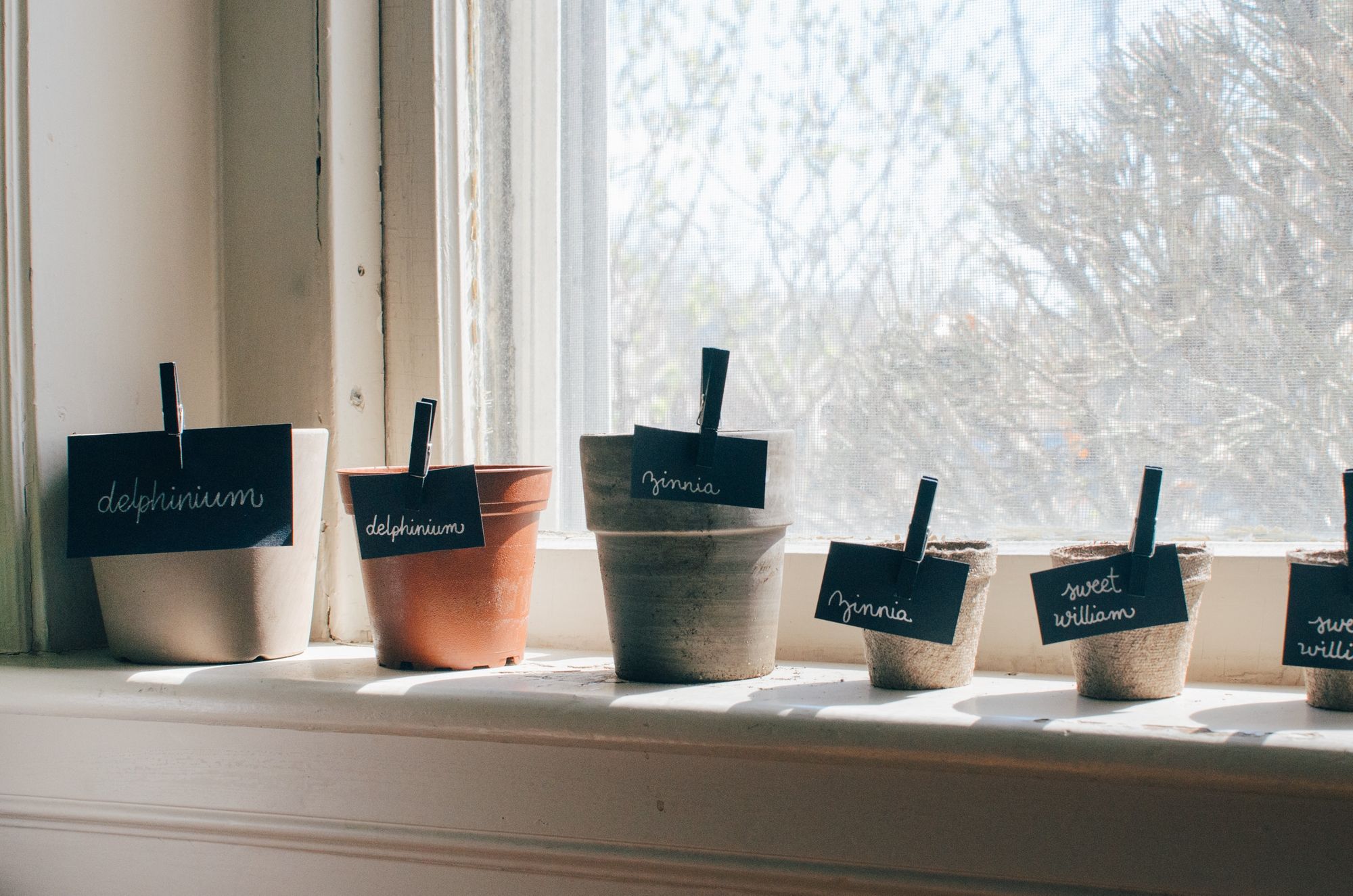
We’ll cover the types of seeds and plants you should purchase in a moment, but it’s really important that you know your frost dates.
Why?
Because if you’ve only got a small window, you need to maximize it by choosing the appropriate seeds.
For example, let’s say your frost window is small — but you don’t know this. So, unaware as you are, you purchase seeds that take ages to grow to maturity. They take so long that they exceed your frost dates.
Once you know your frost dates, you can then pick and choose your seeds and plants correctly.
Buy locally grown plants
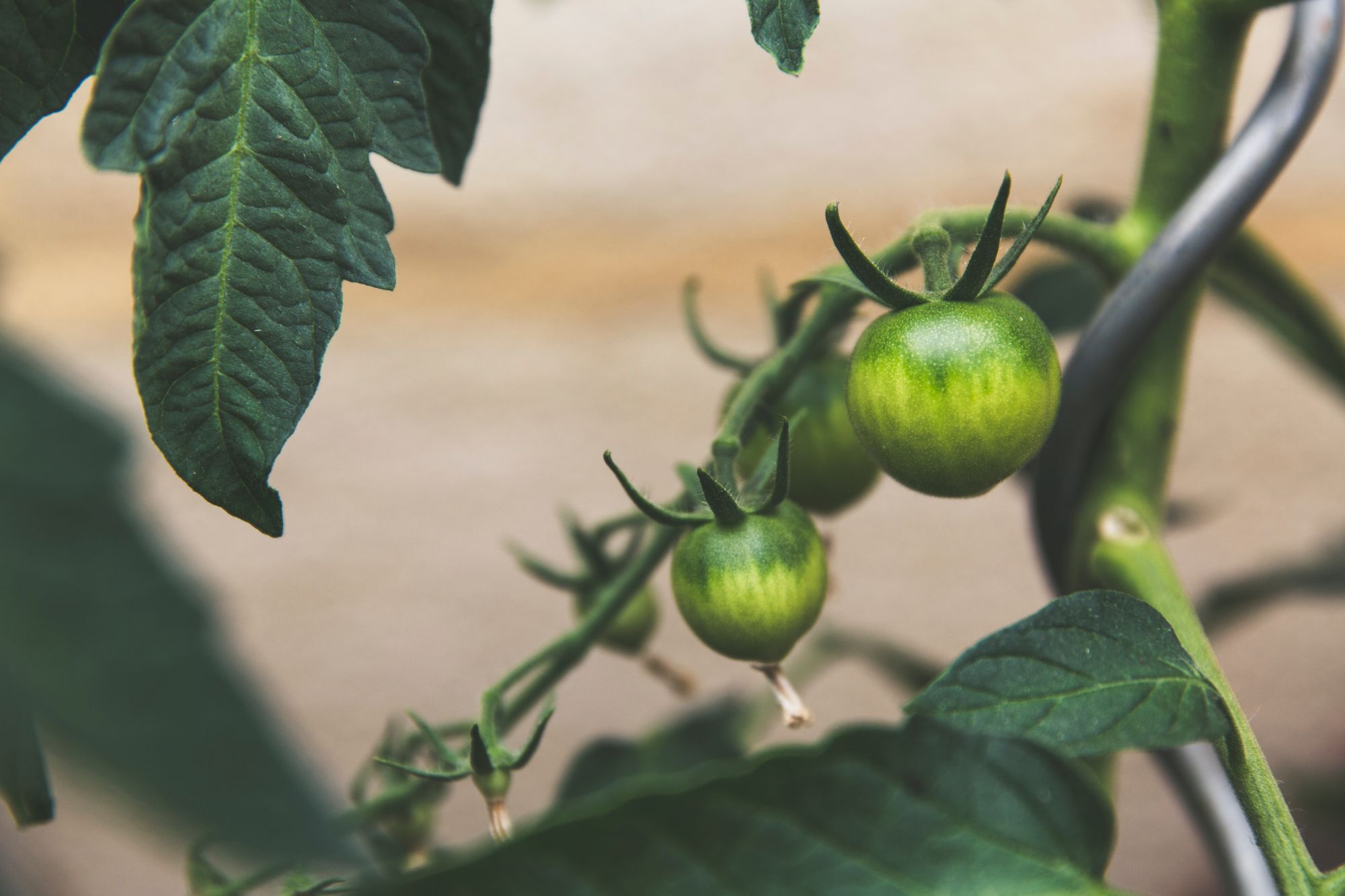
I get that it’s tempting to purchase glamorous plants from far away because they look amazing.
But this reminds me of the well-worn phrase “you’ve got eyes bigger than your stomach!”
See, with gardening in colder climates, it’s always helpful if you buy seeds, cultivars, or plants that were raised in colder climates, too. This will simply allow them to thrive and flourish better than if you purchase cultivars that were raised in hotter climates.
To understand more about plants and what will work best for you, it’s a smart idea to go and speak with a local gardening expert at your local garden center.
Choose hardy vegetables
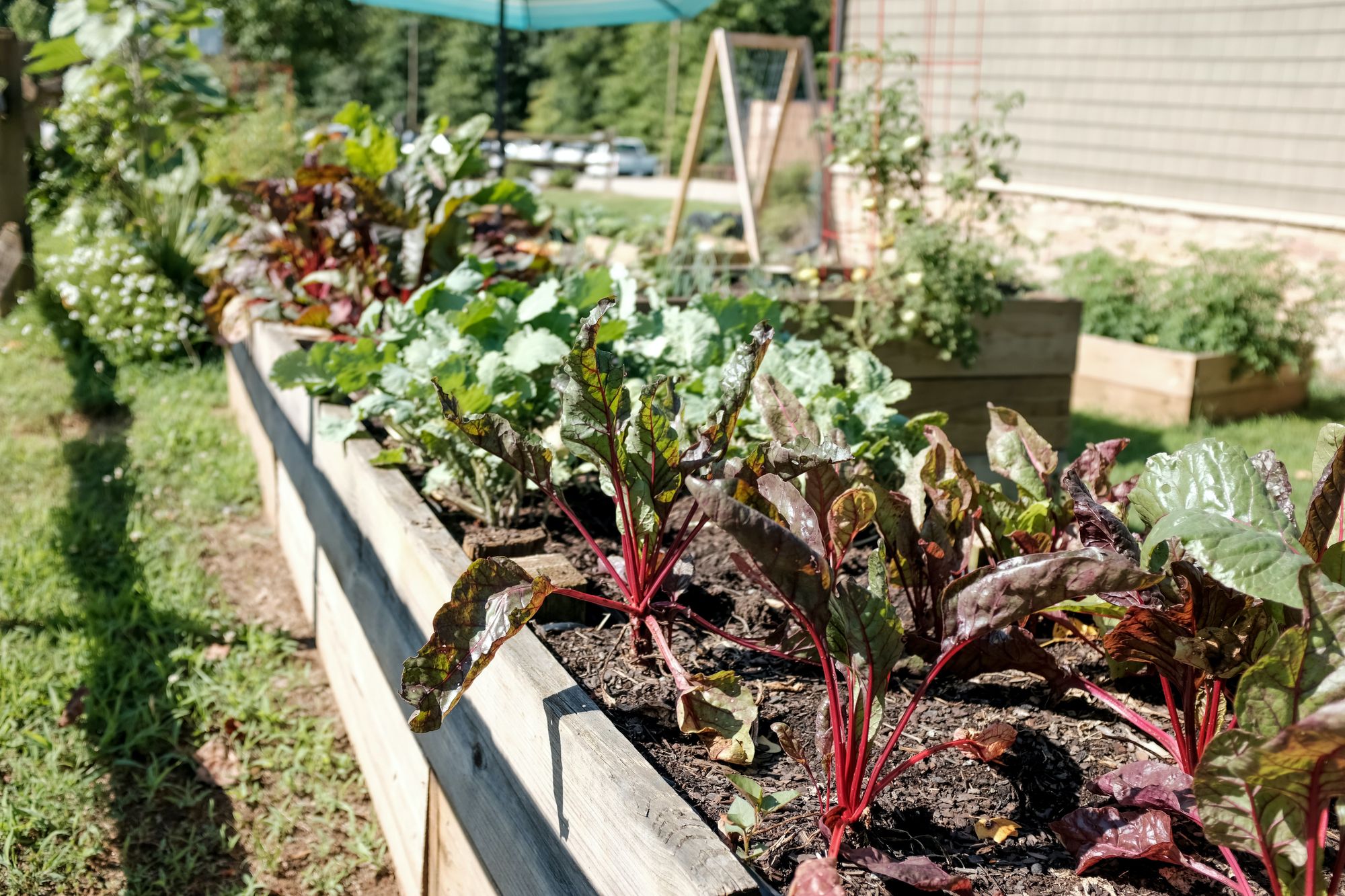
This is pretty much the same as choosing plants that are already used to the colder weather. It just makes sense — choose vegetables that are suitable for the job.
This means cold-tolerant veggies — such as tomatoes, squash (especially squash!), peppers, eggplant, and cucumbers — that have the toughness to deal with bitter temperatures (or a mild frost at least).
That said, if you live in an even colder place than the UK (I know, impossible to imagine, brr), you’ll want even tougher vegetables that are pretty much made of steel. These include the likes of winter cress, kale, lava beans, and celery. These bad boys and girls taste sweet, and they sure don’t mind a harsh frost.
Start indoors with your seeds
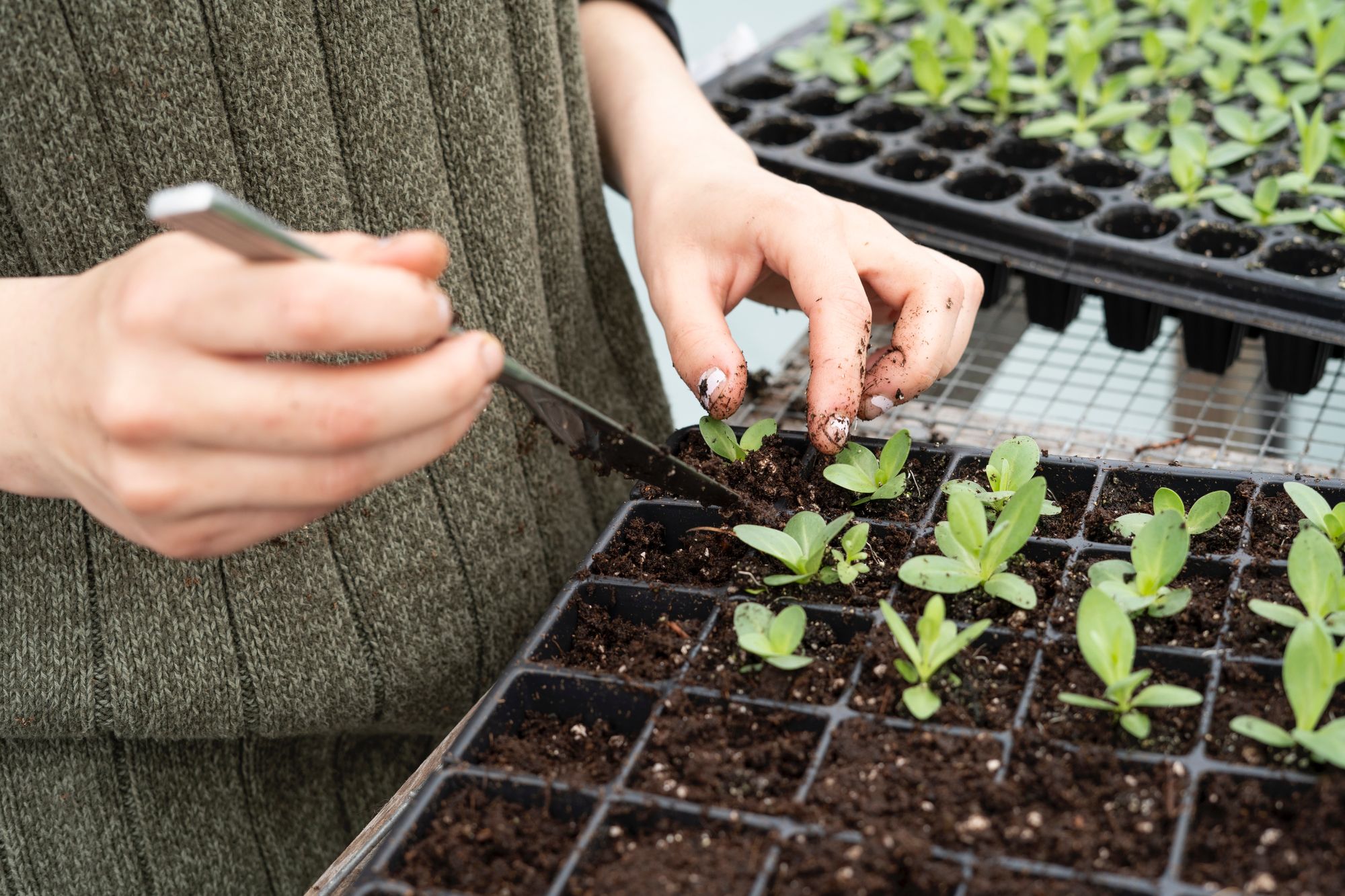
Especially in the UK, it’s a smart idea to begin the process of seeding inside. This is simply because of the harsher climate. If you start indoors, you will save money, and you will also have more vegetables available in the summer.
Mulch!

The winter cold can really snap at the roots of plants. And when it does that, it can ruin your summer garden.
This is where mulch — or mulching — comes in. It adds that extra layer of protection to vulnerable plants during the harshest of all seasons, and it also locks in moisture while providing essential nutrients to your plants.
Late winter is your best time to mulch your flower beds, as it will lock in moisture so that your beds don’t dry out too fast once summer has dawned. You need to clear the site of weeds beforehand, and moisturize your soil.
Then, add mulch to your wheelbarrow (fill it right up) and spread a good 5cm layer across your soil and around your plants with a spade. Finish by levelling with a rake.
Where to find mulch?
You can get it from a local garden center, but you can also purchase it from a farm and support your local farmer. There are different types of mulch, though — including cocoa shell, gravel, and bark — so you might want to talk to the farmer themselves about what’s going to work best for you.
Over to you
Gardening can be such a joyous, wonderful pastime. In order to ensure that your hard work doesn’t go to waste during those toiling winter months, use the tips in this article to garden like a pro in the UK, or anywhere else where the conditions are — to put it lightly — unforgiving.
Do you have any tips of your own? Let us know in the comments below!

